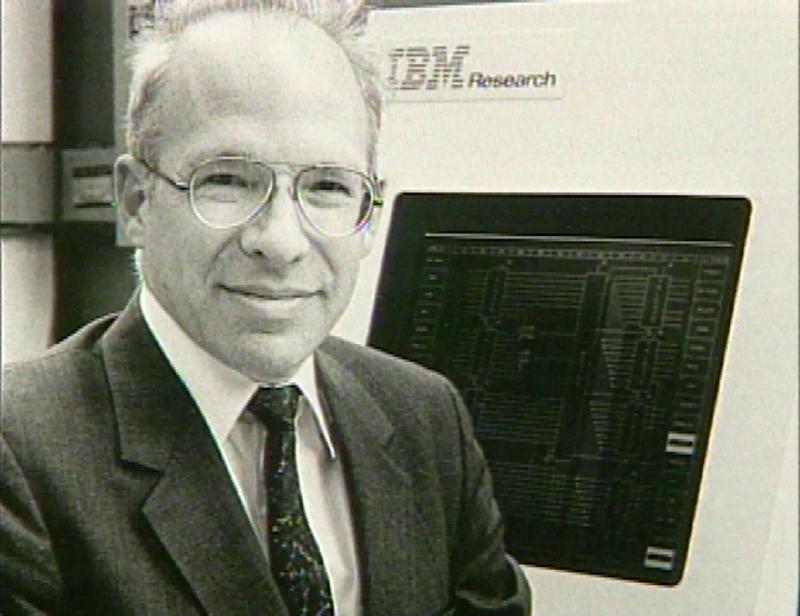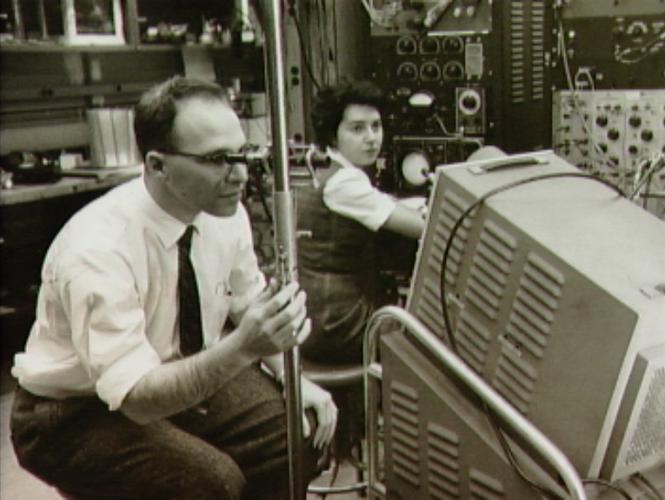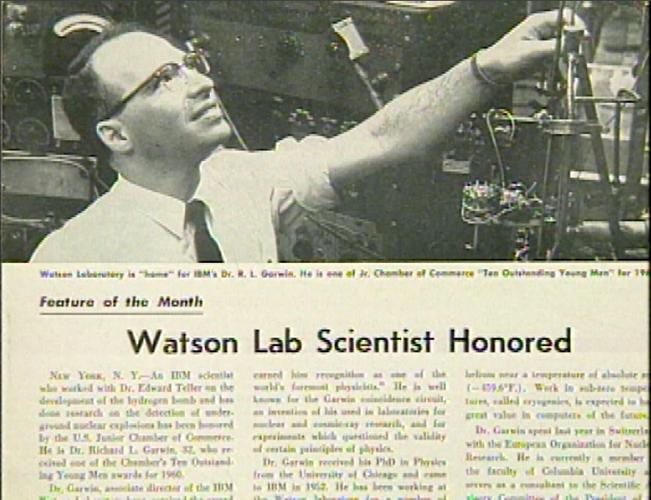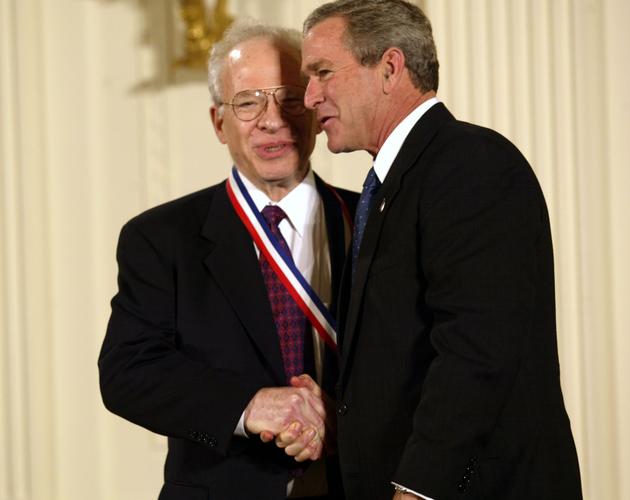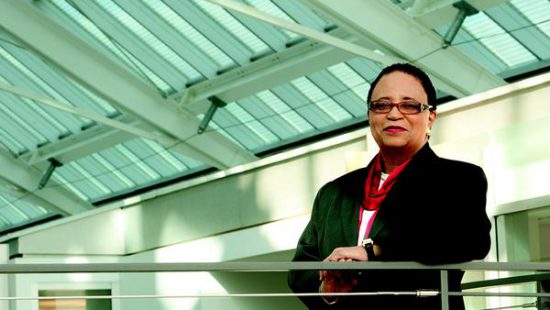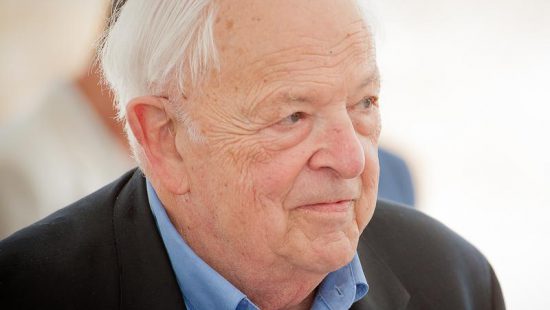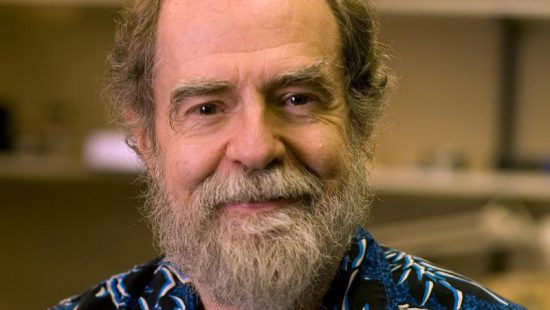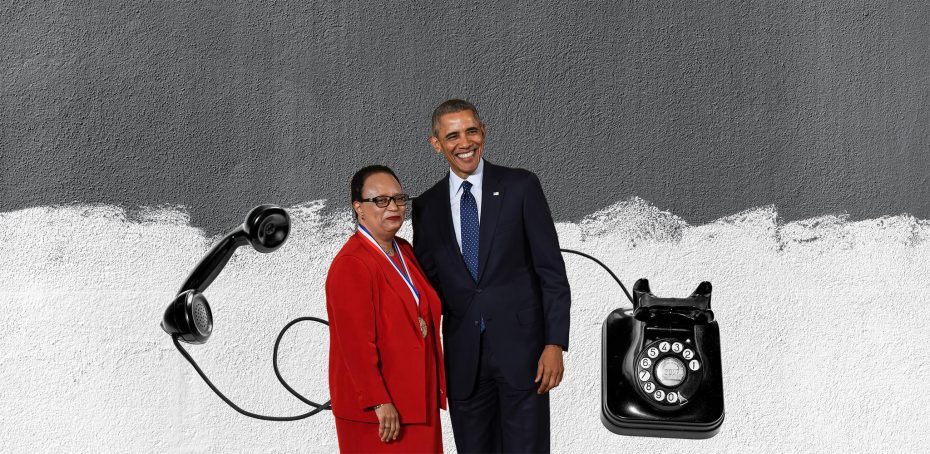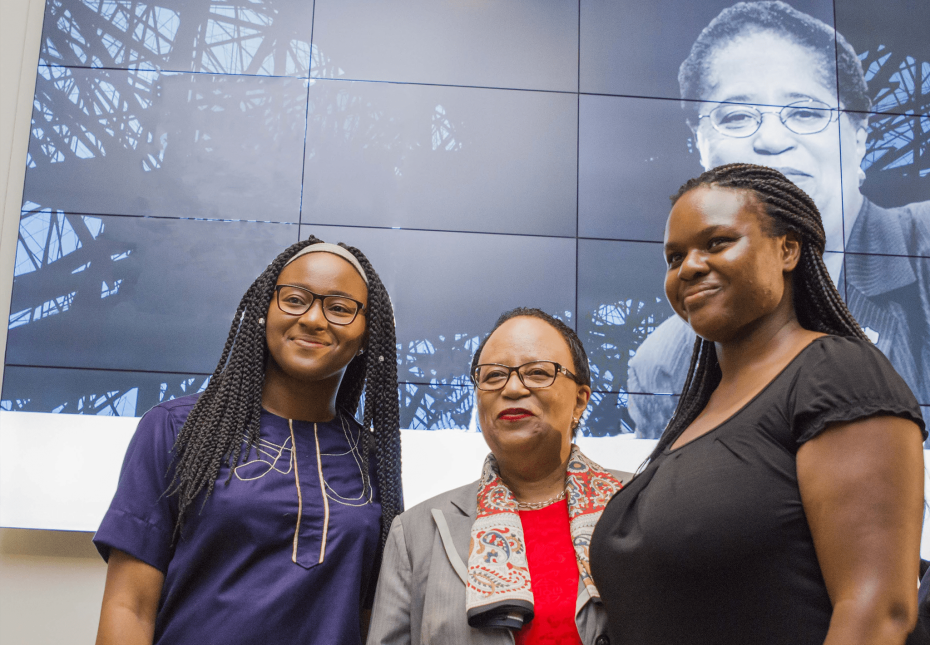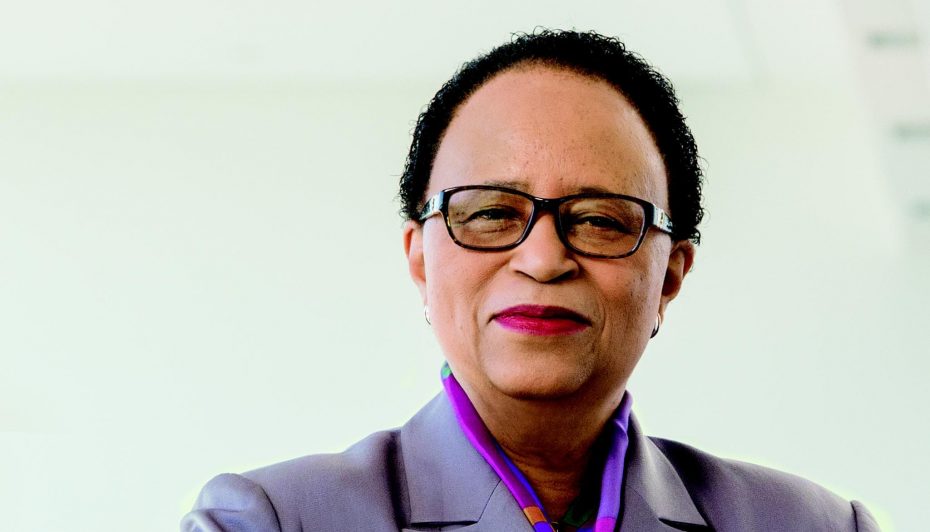Among the giants of twentieth-century physics, Richard L. Garwin stands tall. He demonstrated his intellectual abilities at a young age, receiving a bachelor’s degree from Case Western University and a PhD in physics from the University of Chicago, where he studied under Enrico Fermi, all by the time he was 21. Most commonly remembered for authoring the design of the first hydrogen bomb, Garwin’s numerous inventions and discoveries touched almost every aspect of modern society. In fact, many basic elements of our daily lives might not have existed without him. Garwin helped develop the first spy satellites, laid the foundation for magnetic resonance imaging, or MRI, and played an important role in the development of laser printers and touch-screen monitors.
Garwin has not just helped to shape the future of technology, but of public policy, as well. One of the most distinguished science advisors to the U.S. government, Garwin has advised every president from Eisenhower to Obama on national security issues, and has been a forceful advocate for nuclear nonproliferation. Ever the exemplary scientist, Garwin has long been a model citizen, as well.
By Jeremy Gordon

